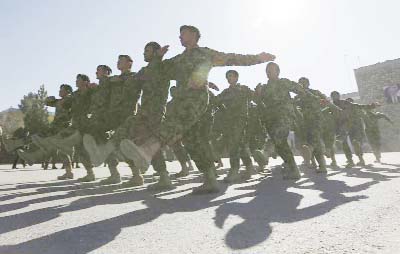
AP, Kabul :When Graeme Smith arrived in Afghanistan in 2005, he drove across the country from Kabul south to the Talban’s former capital Kandahar on a newly paved road that cut travelling time from a bone-rattling 14 hours to just six.Today, 13 years after the U.S.-led invasion toppled the Taliban’s brutal regime, and after billions of aid dollars flowed into one of the world’s poorest countries, making that same 460-kilometer (300-mile) trip would be like signing his own death warrant, said Smith, Afghanistan analyst with the International Crisis Group, an independent conflict resolution organization.”That journey is back up to being a treacherous 11-hour slog because of all the explosions that have damaged the route and because you’re frequently stopped at Afghan security forces checkpoints and Taliban checkpoints. So it is completely suicidal for a foreigner like me to drive on that road now and will probably remain so for a long time as the insurgency rises,” he said.With U.S.-led forces shifting to a supporting role at the end of this month, Afghanistan will have to chart its own course after the country’s bloodiest year since the 2001 invasion, a year which saw record casualties among Afghan civilians and security forces alike.There is cause for measured optimism – a new president has vowed to overhaul the government, root out corruption and mend ties with neighboring Pakistan, where the Taliban is long believed to have enjoyed safe haven. But President Ashraf Ghani faces a monumental challenge in trying to reform the notoriously corrupt government and security forces, and the Taliban have vowed to keep fighting until the last foreign soldier departs.The U.S. and NATO are set to withdraw most combat forces from Afghanistan on Dec. 31. From a peak in 2010 of 140,000 troops, they are leaving behind 13,500 for training and battlefield support.They are also leaving behind a war as hot as it has been at any time since 2001. This past year was the deadliest for Afghan civilians since the insurgency began soon after the Taliban were removed from power. Civilian casualties for this year are on course to hit 10,000 for the first time since the U.N.’s Afghanistan mission started keeping figures in 2008.

